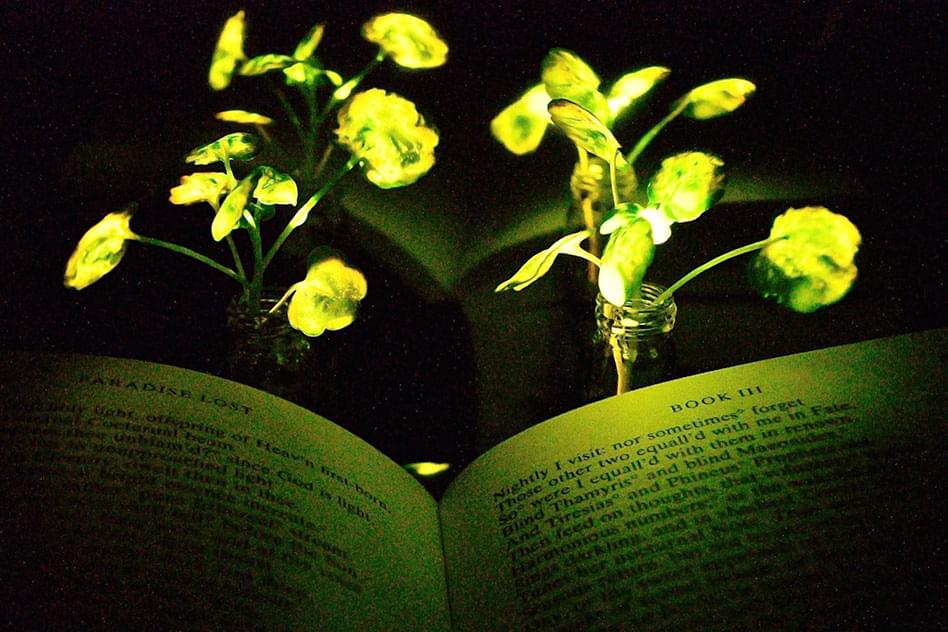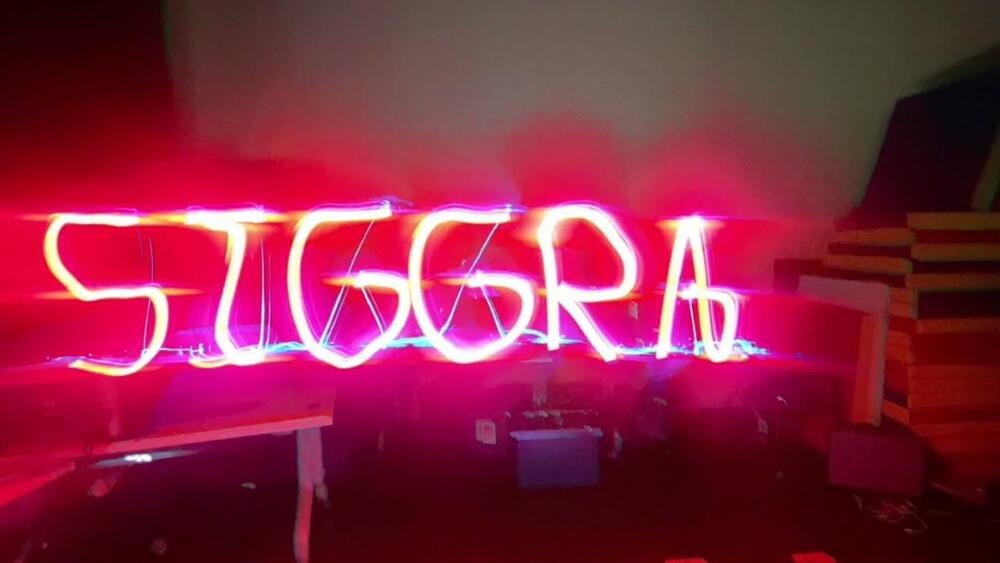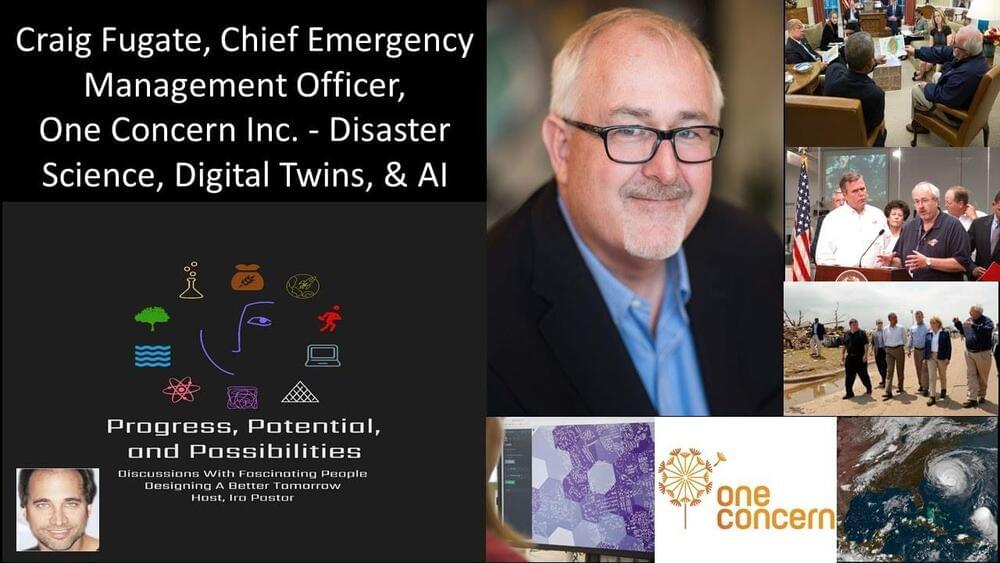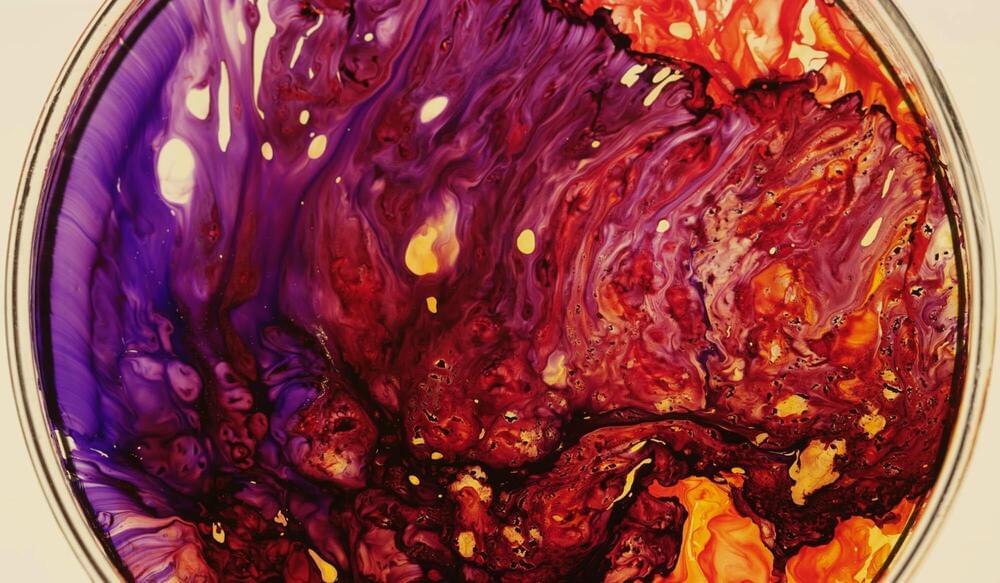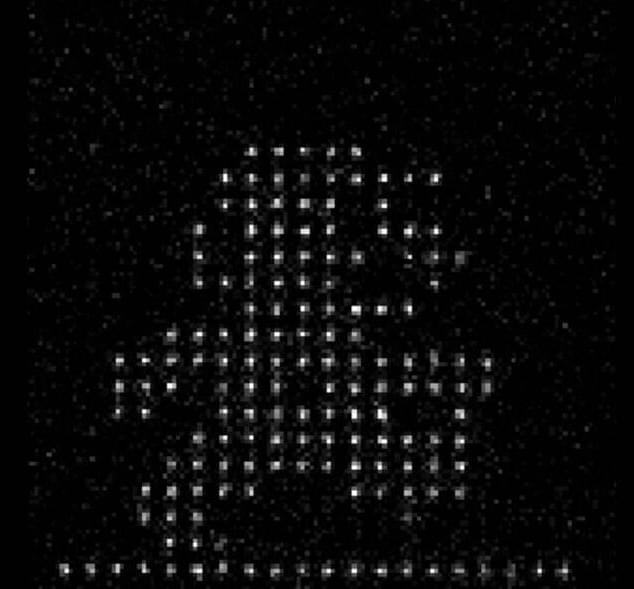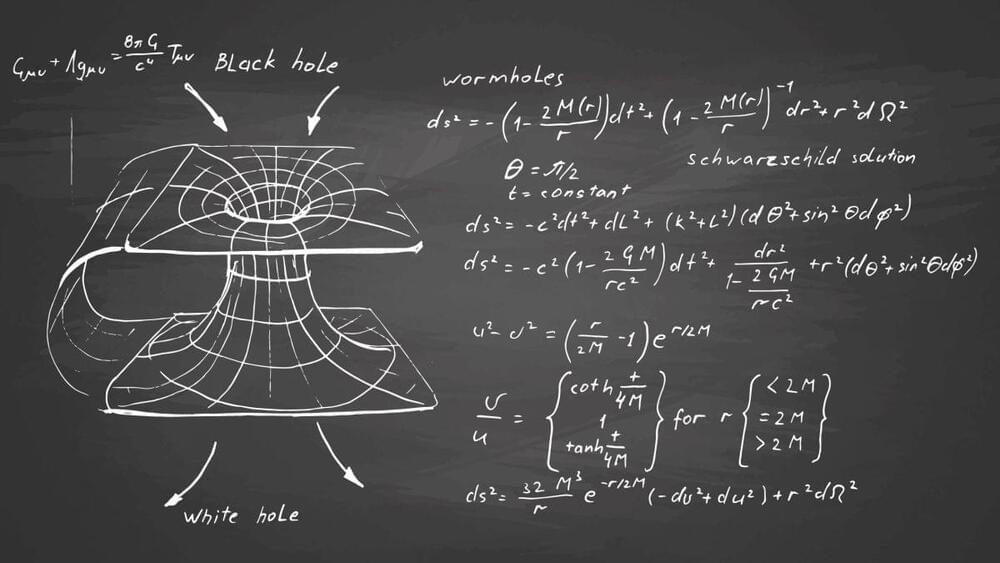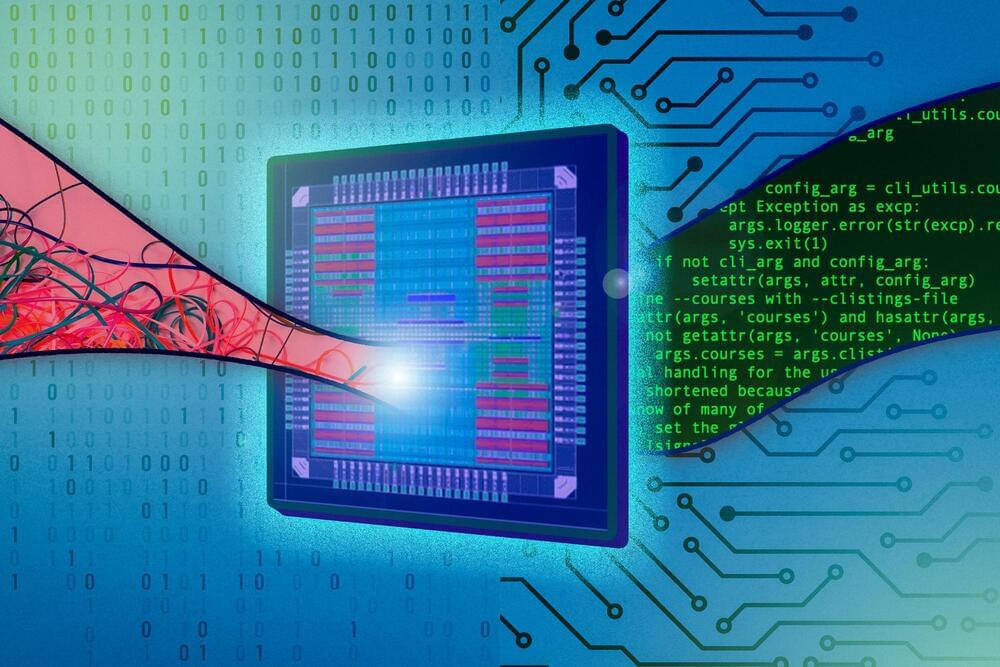Reservoir computing is already one of the most advanced and most powerful types of artificial intelligence that scientists have at their disposal – and now a new study outlines how to make it up to a million times faster on certain tasks.
That’s an exciting development when it comes to tackling the most complex computational challenges, from predicting the way the weather is going to turn, to modeling the flow of fluids through a particular space.
Such problems are what this type of resource-intensive computing was developed to take on; now, the latest innovations are going to make it even more useful. The team behind this new study is calling it the next generation of reservoir computing.

